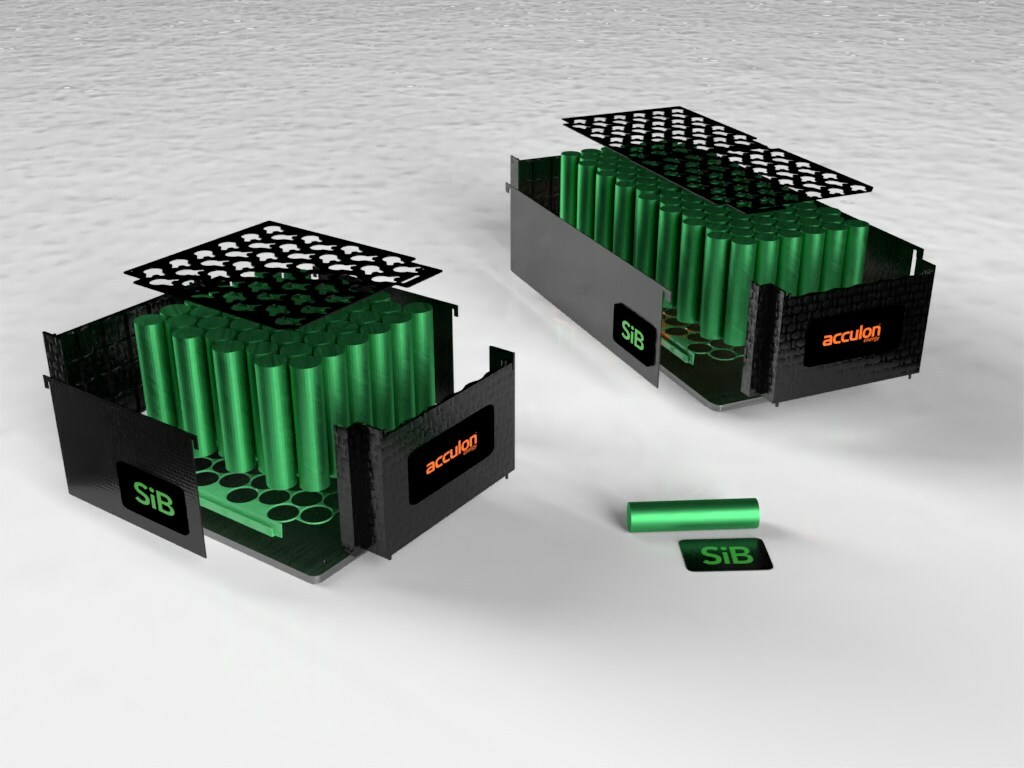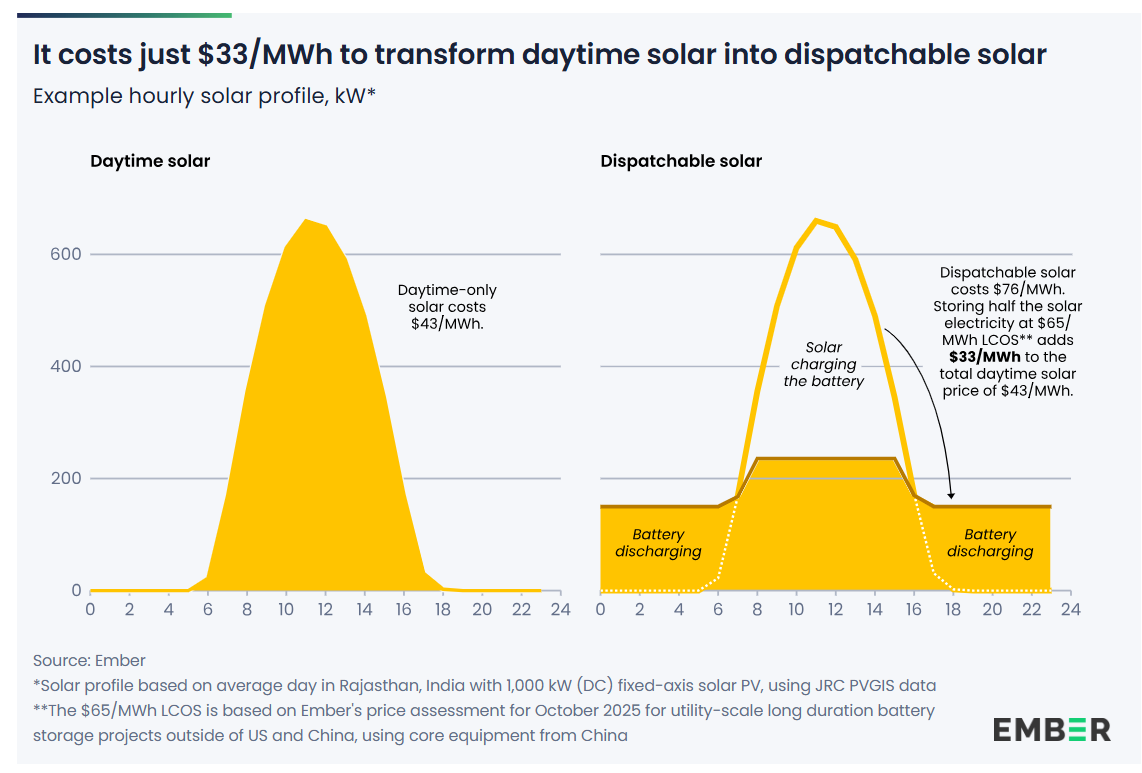As the sodium-ion battery technology continues to mature, new product and manufacturing announcements are coming thick and fast from newcomers and established players alike.
With mainly pilot plants or small manufacturing lines up and running today, U.S.-based battery system developer and manufacturer Acculon Energy has started the series production of its sodium-ion battery modules and packs and unveiled plans to scale its production to 2 GWh by mid-2024.
Acculon’s first two sodium-ion products support a range of applications and are available in small and large modules, capable of building into varying capacities and voltage levels. The product are meeting the safety requirements of UL standards like 2271, 2580, 1973, and 9540, and comply with stringent UN regulations.
The company has been conducting research and development with the technology since its inception in 2009, “culminating in the commercialization of sodium-ion products poised to meet the ever-growing power demands of its OEM customers.”
“We’ve seen the technology readiness level and availability of sodium cells improve impressively over the past two years,” said Acculon President Andrew Thomas. “Along the way, we’ve invested heavily to validate cells in our renowned test lab and conduct pre-certification destructive testing. Our customers demand durable performance and a compelling value proposition–our sodium-ion batteries will achieve both.”
Previously, Acculon Energy revealed some results of its own research into sodium-ion cells, which it described as “promising.”
“On one of the high-energy sodium-ion cell types, we are now about the 300th cycle of 0.5 C rate cycling at room temperature with full depth of discharge and getting 96.3% of maximum capacity,” the company said in a press release in October. “Based on the linear degradation trend, the 80% capacity limit is projected to be reached after about 1650 cycles. This impressive level of durability, if achieved, could open a door to numerous diverse applications.”
There are also other aspects that make sodium-ion batteries a viable alternative to lithium-ion technology, such as superior environmental credentials, enhanced safety, and better raw material costs.
According to UK-based market research company IDTechEx, a sodium ion battery with a layered metal oxide cathode and hard carbon anode will have approximately 25% to 30% lower material costs than an lithium iron phosphate (LFP) battery. However, significant savings are unlikely initially as the technology will take time to scale.
Taking different chemistries into account, IDTechEx calculates that the average cell cost for sodium-ion batteries is $87/kWh. By the end of the decade, the production cost of sodium-ion battery cells using primarily iron and manganese will probably bottom out at around $40/kWh, which would be around $50/kWh at the pack level, the research company says. By comparison, BNEF’s analysis found LFP average cell prices fell below $100/kWh in 2023.
In its latest report on sodium-ion technology, IDTechEx calculates that the capacities that have been publicly announced by various raw material and battery manufacturers alone add up to well over 100 GWh by 2030. “By 2025, significantly more capacity can be built up than that has been financed so far if investors are found for it in the course of 2024,” the research firm said.
This content is protected by copyright and may not be reused. If you want to cooperate with us and would like to reuse some of our content, please contact: editors@pv-magazine.com.









Smart plan. When grid (& home) storage batteries get bigger, cheaper and safer, solar & wind farms MIGHT just get the last laugh.
Think about it: “Overbuilding” solar & off-shore wind farms will allow any excess to be dumped into storage–far cheaper than labor intensive coal or even NG power plants. Plus, any extra (when storage is full) could be shifted to green H2 (& O2) production…as an additional revenue stream.